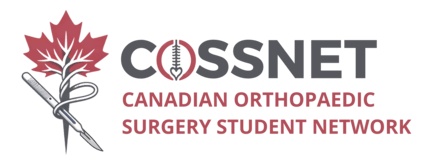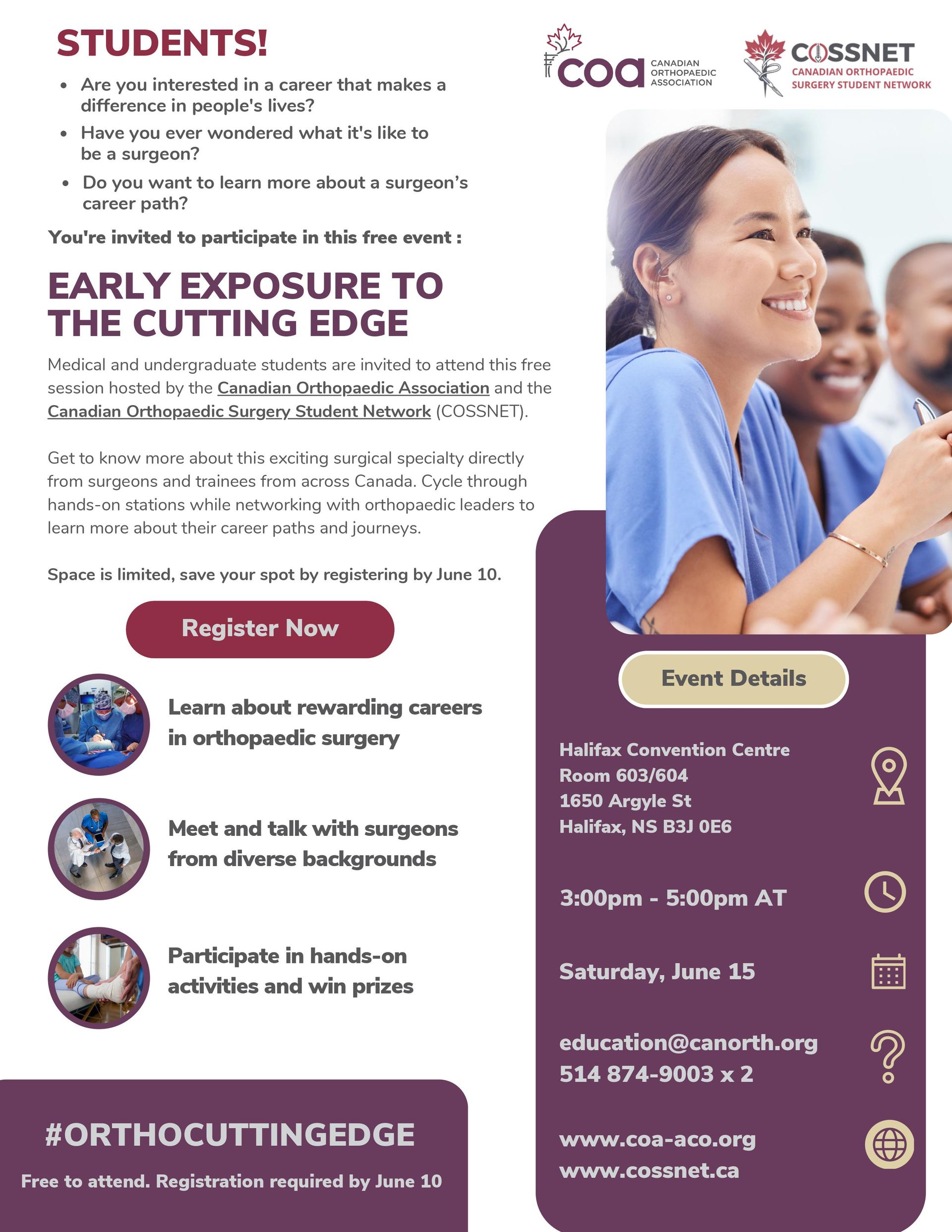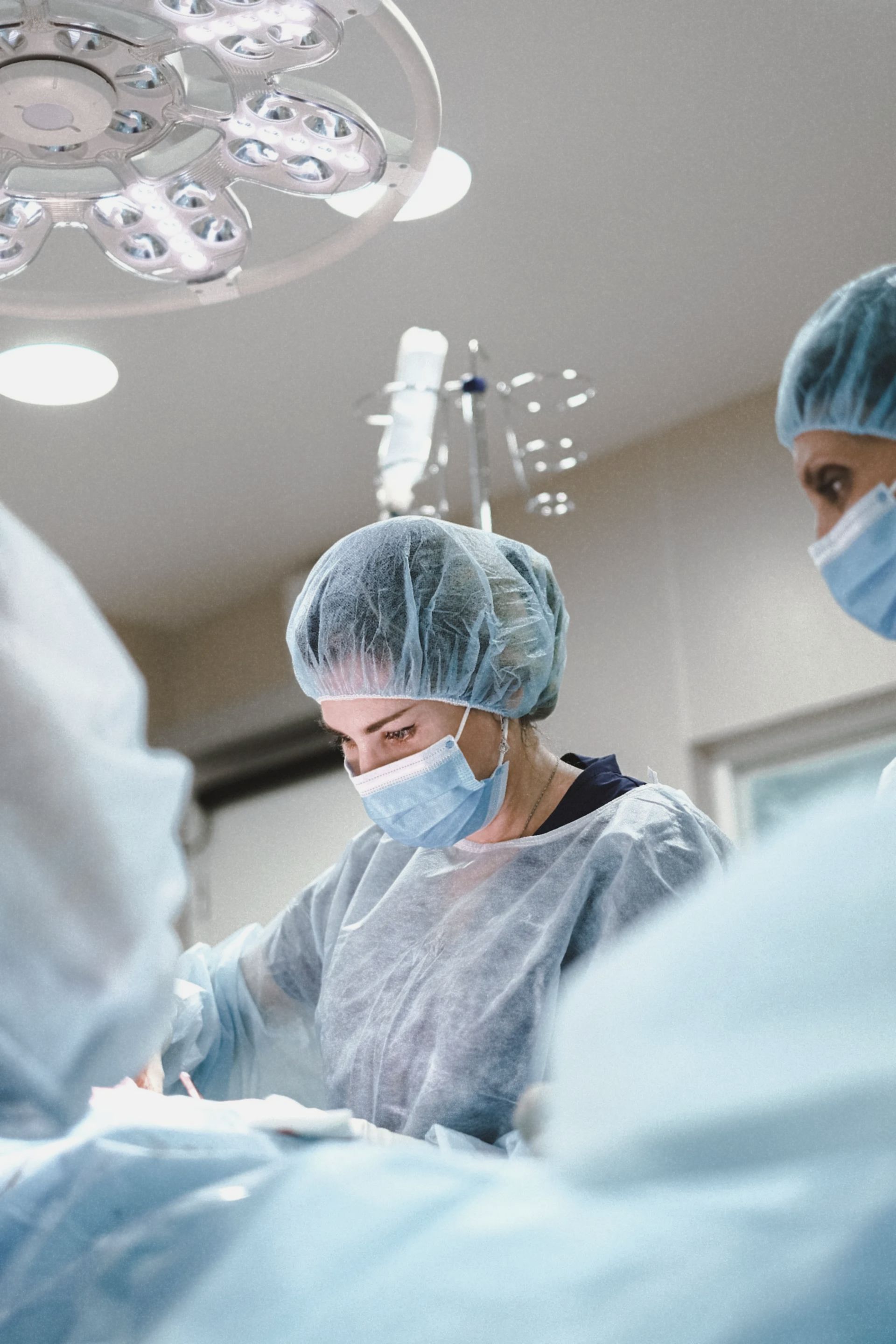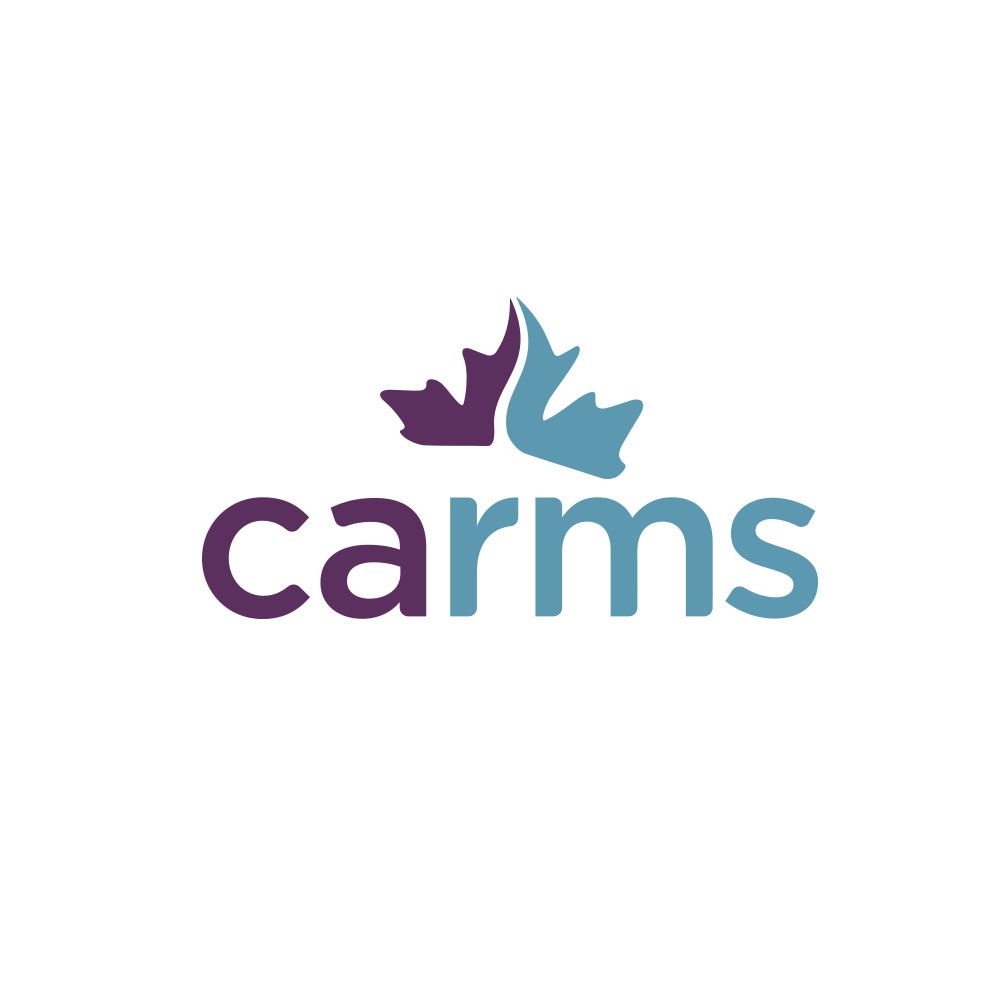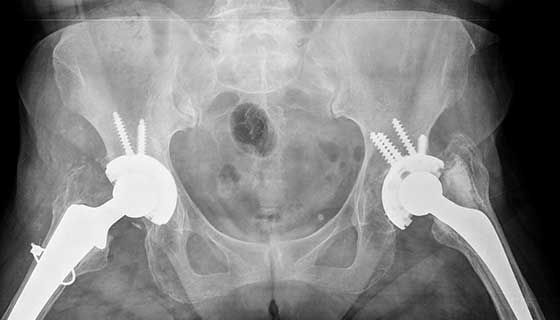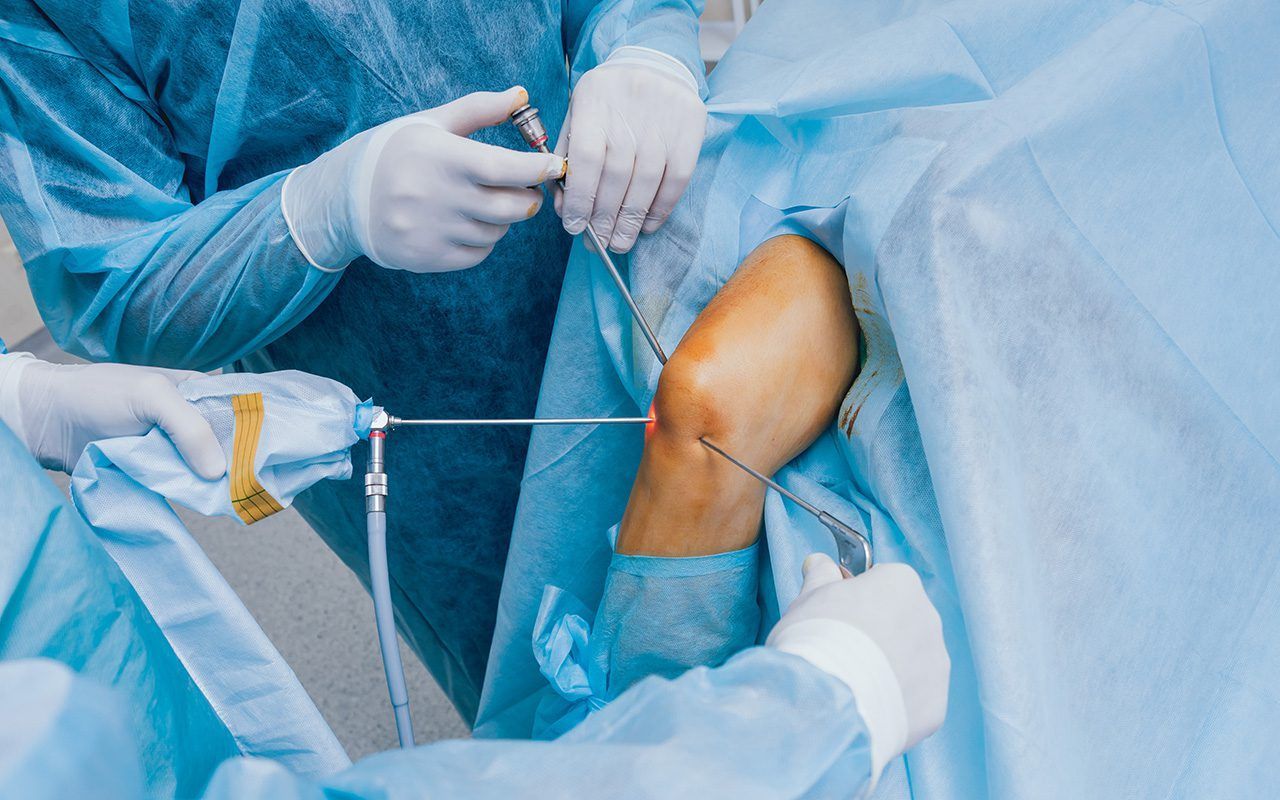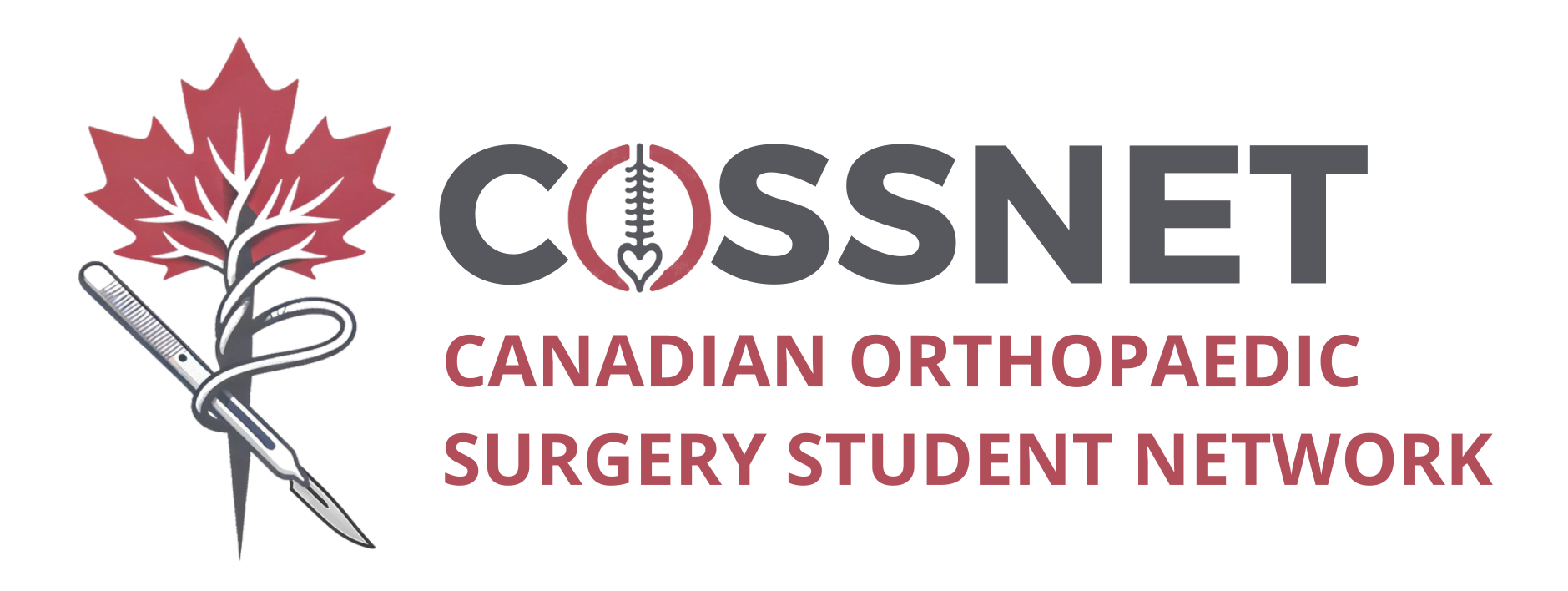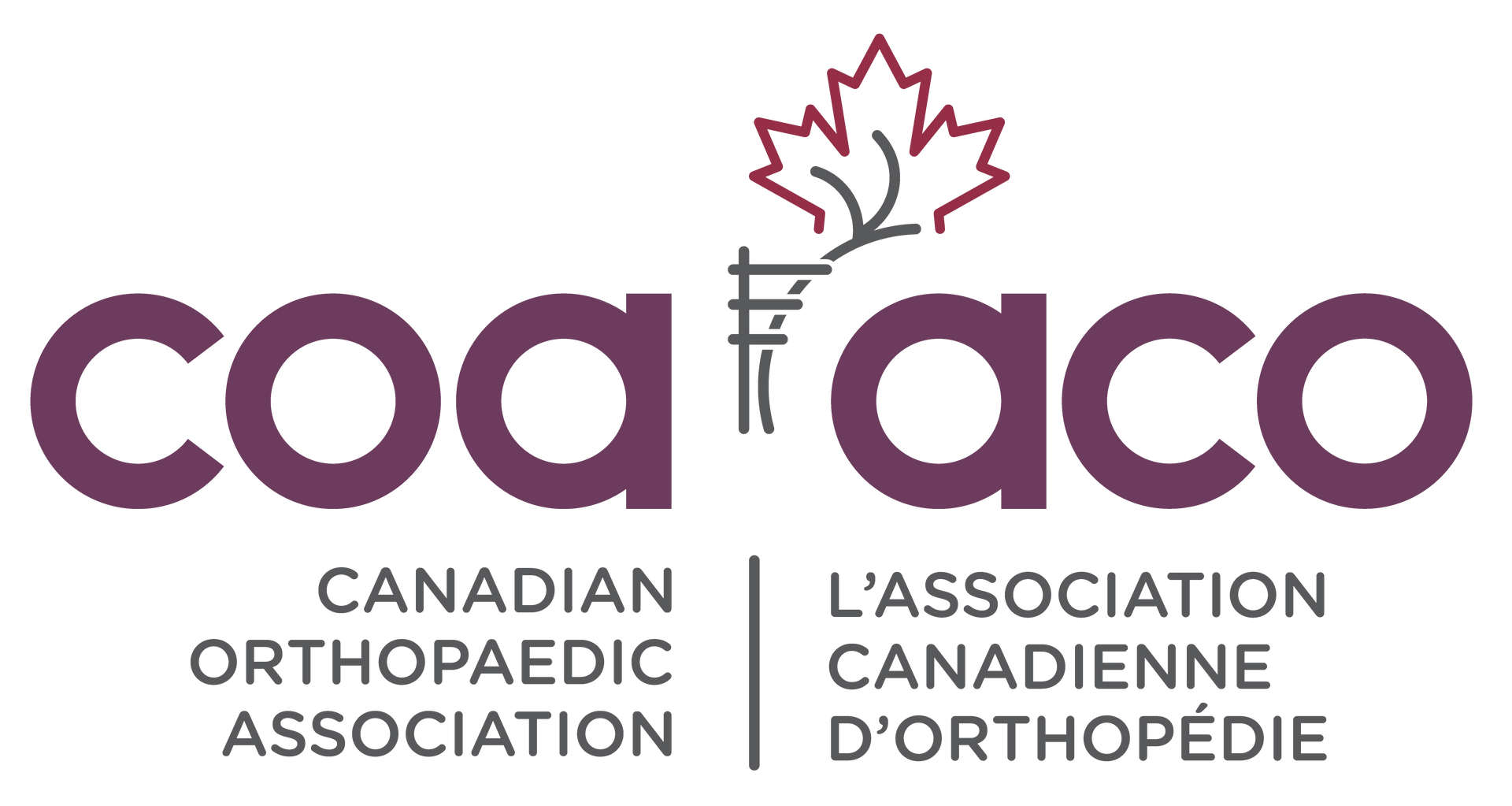14 Feb, 2024
Arthroscopy has revolutionized orthopaedic surgery, offering precise visualization and treatment of intra-articular pathologies through minimally invasive techniques. For medical students delving into this field, understanding the nuances of arthroscopic procedures is crucial. Let's dive into the concrete details of arthroscopy, covering scopes, portals, positioning, indications, approaches, and more. Arthroscopic Scopes : Types: Arthroscopic scopes come in various diameters (2.7 mm to 4 mm) and angles (0°, 30°, 45°, and 70°) to accommodate different joint sizes and anatomical constraints. Components: A typical arthroscope consists of a camera head, light source, fiber-optic cable, and eyepiece or video monitor for visualization. Functionality: The arthroscope provides direct visualization of the joint's interior, allowing surgeons to assess pathology, perform interventions, and guide surgical instruments. Arthroscopic Portals Definition: Arthroscopic portals are small incisions made around the joint to introduce instruments and the arthroscope. Common Portals: Anterolateral, anteromedial, posterolateral, and posteromedial portals are frequently used in knee arthroscopy. Similarly, shoulder arthroscopy utilizes anterior, posterior, and lateral portals. Placement: Portal placement is meticulously planned to provide optimal access to different regions of the joint while minimizing damage to surrounding structures. Patient Positioning : Positioning Considerations: Proper patient positioning is essential for adequate exposure and access to the joint. Factors such as joint being operated on, surgeon preference, and patient comfort influence positioning. Examples: In knee arthroscopy, the supine position with a leg holder is commonly used. For shoulder arthroscopy, beach-chair or lateral decubitus positions may be employed depending on the procedure. Indications for Arthroscopy : Knee: Meniscal tears, ligamentous injuries (e.g., ACL tears), cartilage defects, loose bodies, and synovial pathologies. Shoulder: Rotator cuff tears, labral tears, instability (e.g., Bankart lesions), impingement syndrome, and biceps tendon disorders. Hip: Femoroacetabular impingement (FAI), labral tears, loose bodies, and synovitis. Ankle: Osteochondral lesions, ligamentous injuries (e.g., ankle instability), impingement syndromes, and synovitis. Surgical Approaches : Diagnostic Arthroscopy: Involves inspection and assessment of joint structures to diagnose pathology and plan further interventions. Therapeutic Arthroscopy: Includes various procedures such as meniscectomy, meniscal repair, ligament reconstruction, cartilage debridement, and synovectomy. Complications and Considerations : Complications: Potential complications of arthroscopy include infection, neurovascular injury, excessive bleeding, instrument breakage, and iatrogenic cartilage damage. Considerations: Surgeons must adhere to strict aseptic techniques, carefully manage intraoperative bleeding, and be vigilant to avoid inadvertent damage to vital structures within the joint. Arthroscopy offers a versatile and minimally invasive approach to diagnosing and treating intra-articular pathologies across various joints. For medical students venturing into orthopaedics, understanding the intricacies of arthroscopy, including scopes, portals, positioning, indications, approaches, and potential complications, lays the groundwork for proficiency in this indispensable surgical modality. Through hands-on experience, mentorship, and ongoing education, medical students can aspire to become skilled arthroscopic surgeons, contributing to improved patient outcomes in orthopaedic care.
